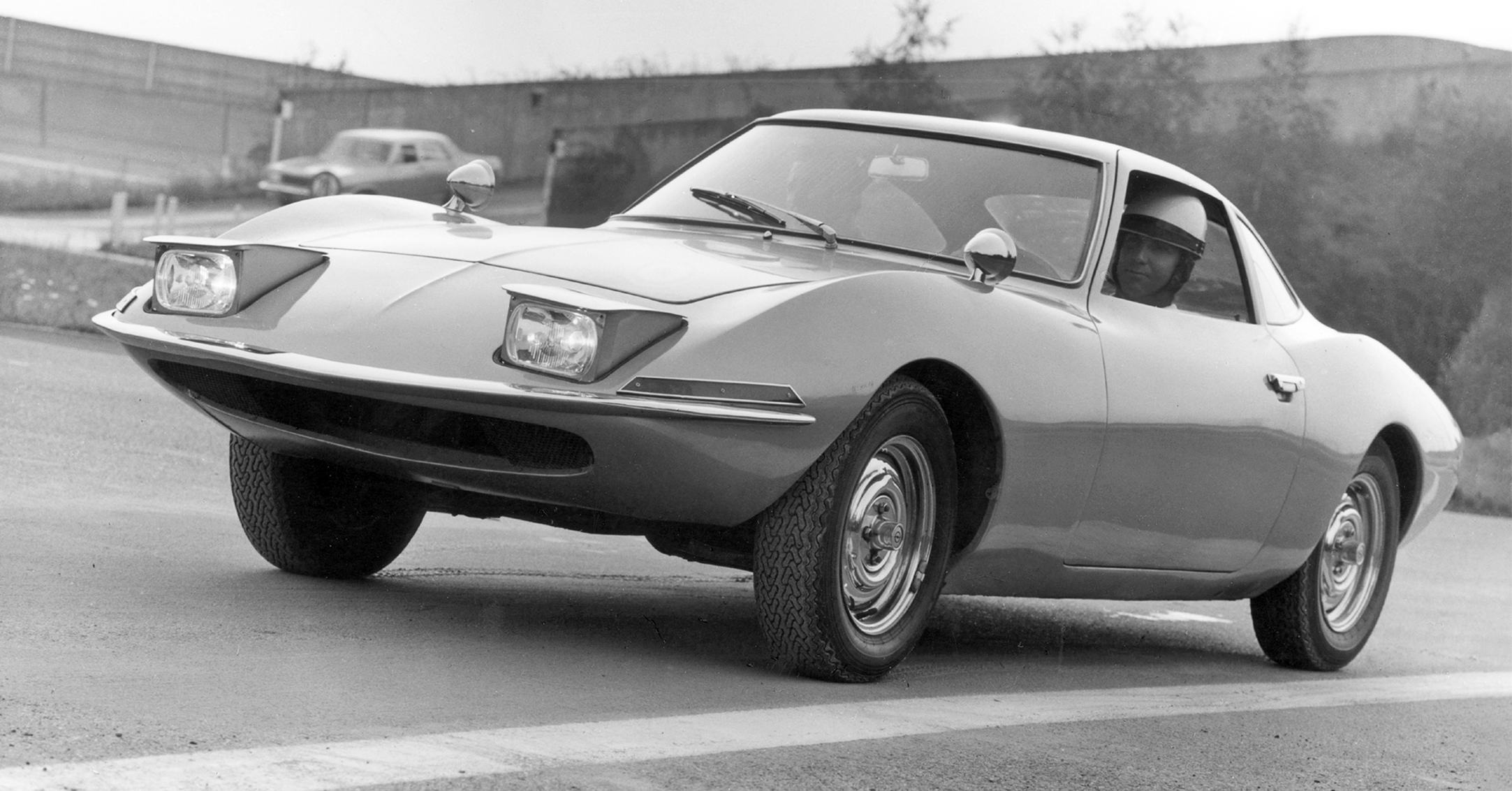The Experimental GT from 1965 is the first concept car in the history of the European automotive industry, created in the first European design centre. “There was a spirit of optimism at Opel, as there was last in 1928 when the rocket cars were built,” recalls former designer Erhard Schnell decades later. “We were young and almost euphoric to be able to design a two-seater sports car.” Opel design boss Clare MacKichan is convinced that his team can develop a classic sports car.
He imagines a compact, particularly meaningful vehicle. The only thing that is clear is that it will be a two-seater sports car based on a Kadett. The strategists led by sales manager Bob Lutz supported the decision with a market study that identified a clear need for a “sporty, German, sports car with modern design and considerable performance in the 10,000 DM price range”. Inspired by the success of the Kadett Coupé from 1963 – with 48 hp and a top speed of 132 km/h – the first drafts of the GT were also given the working title “Kadett GT”.
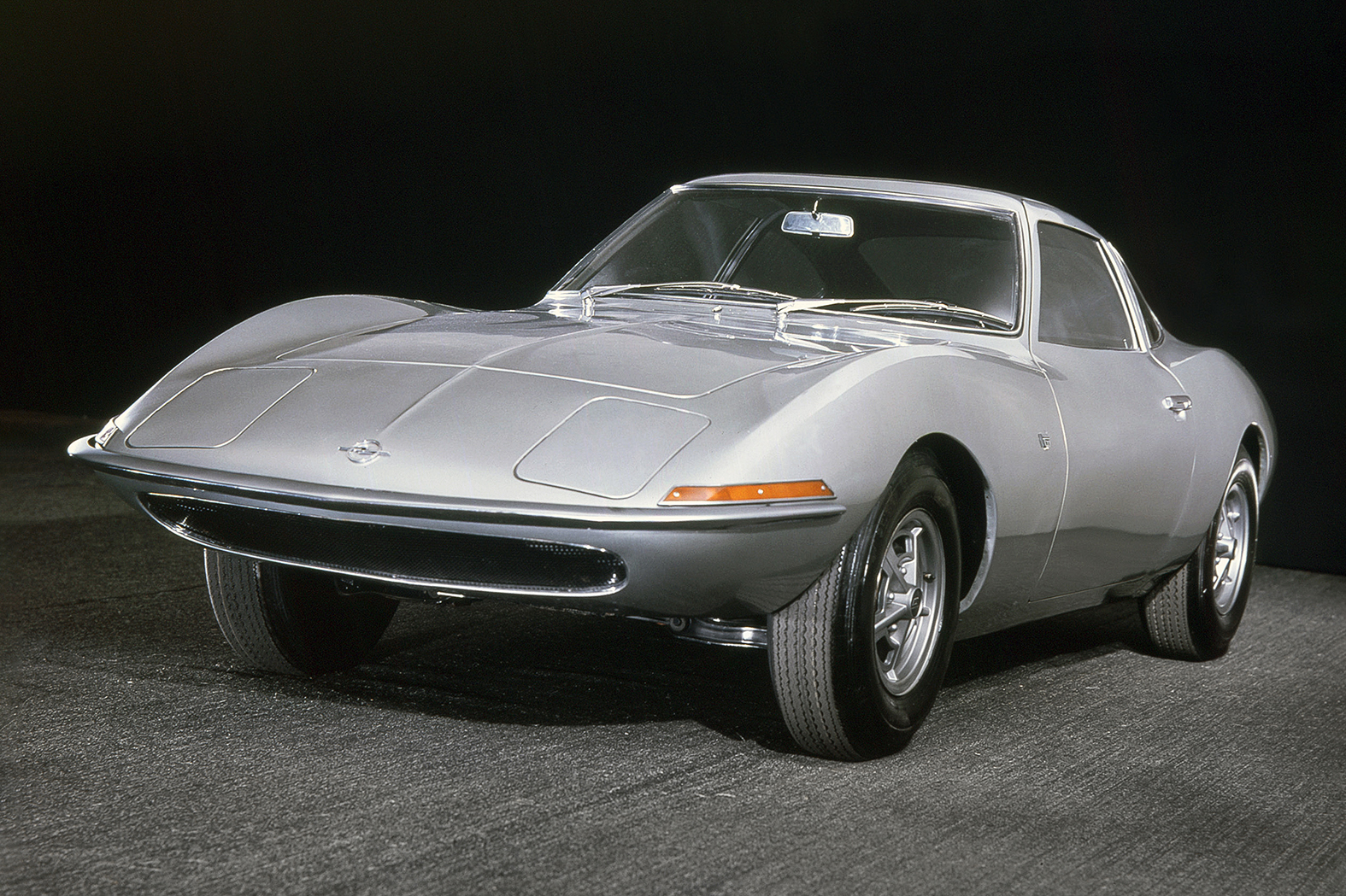
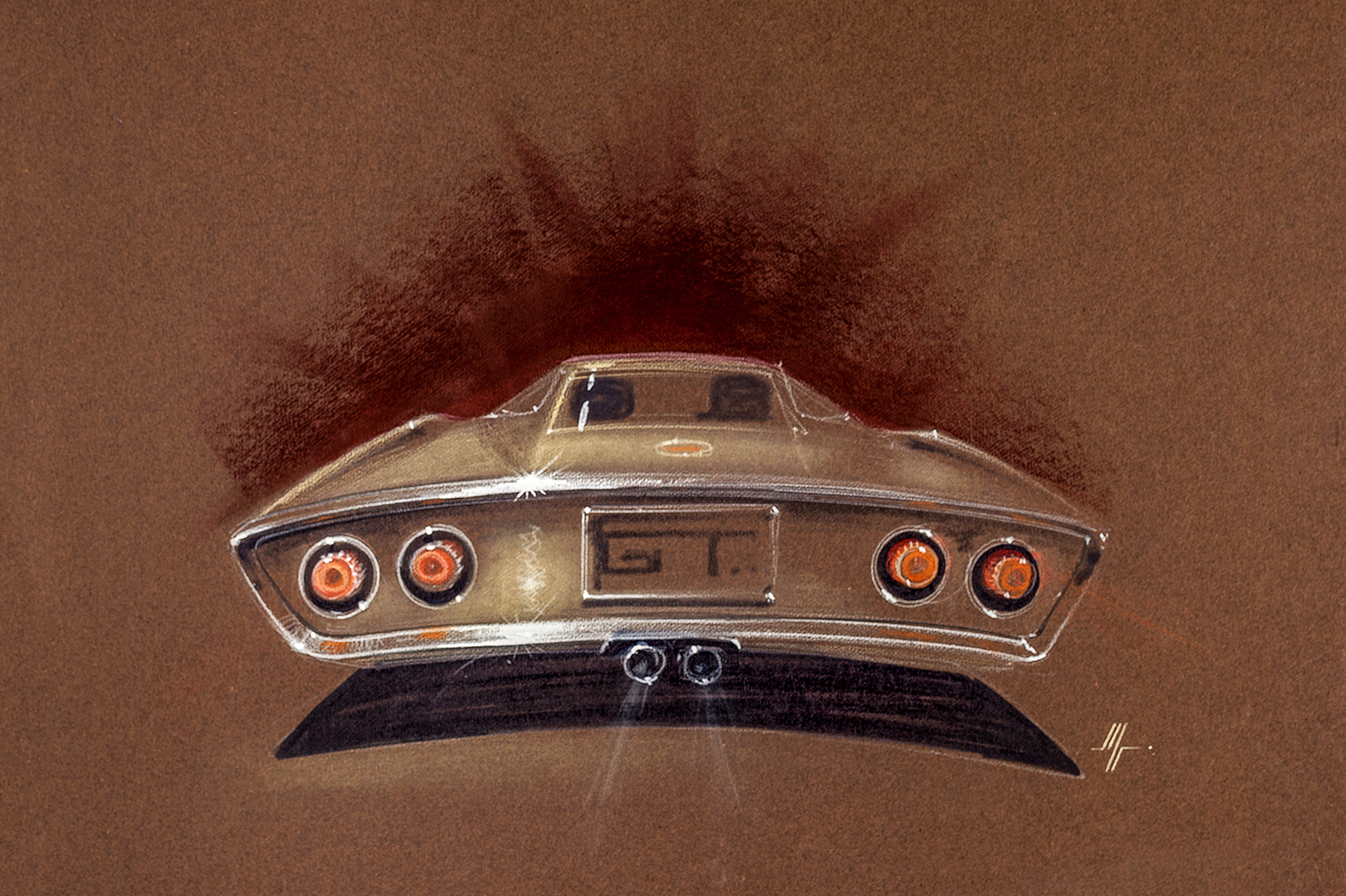
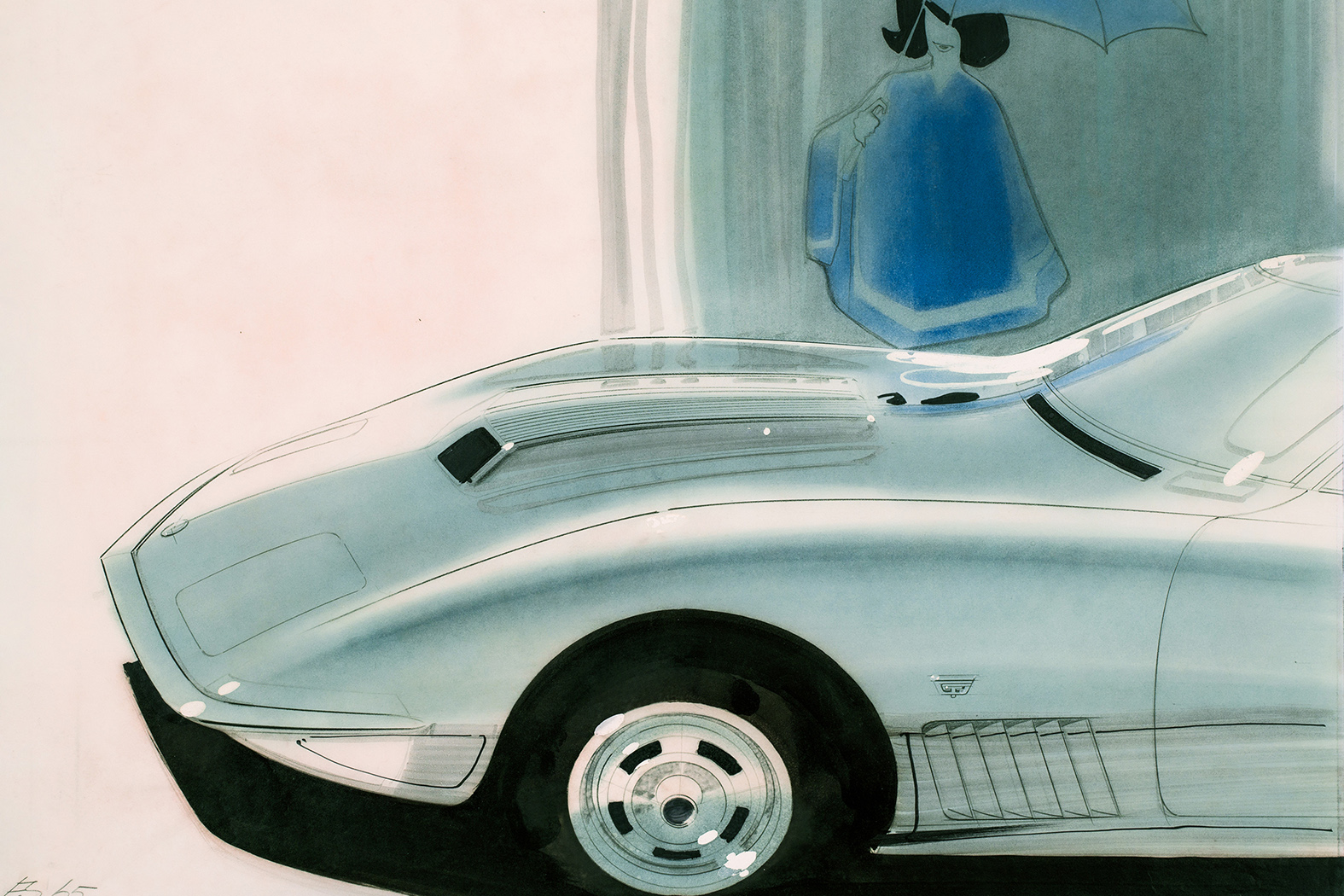
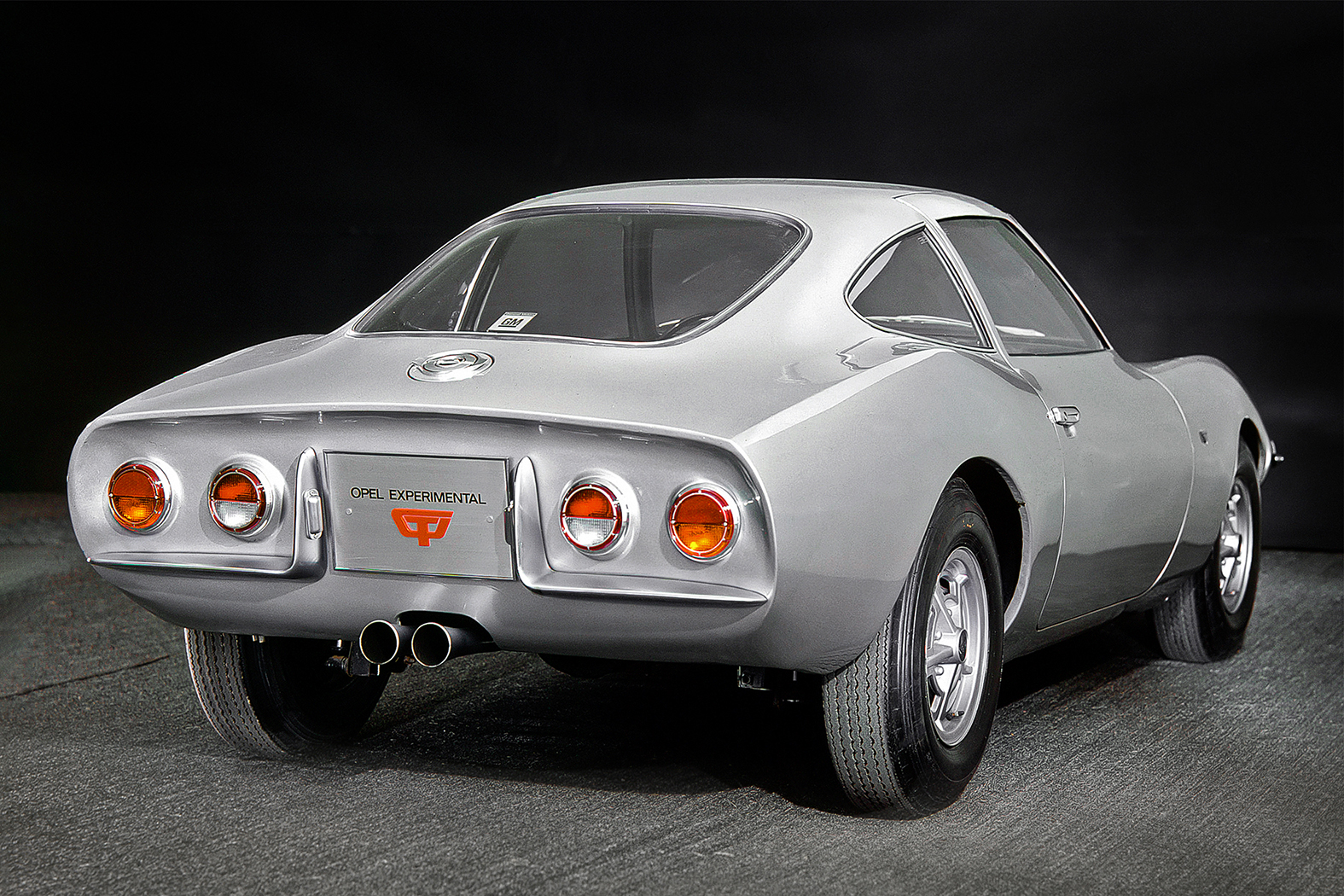
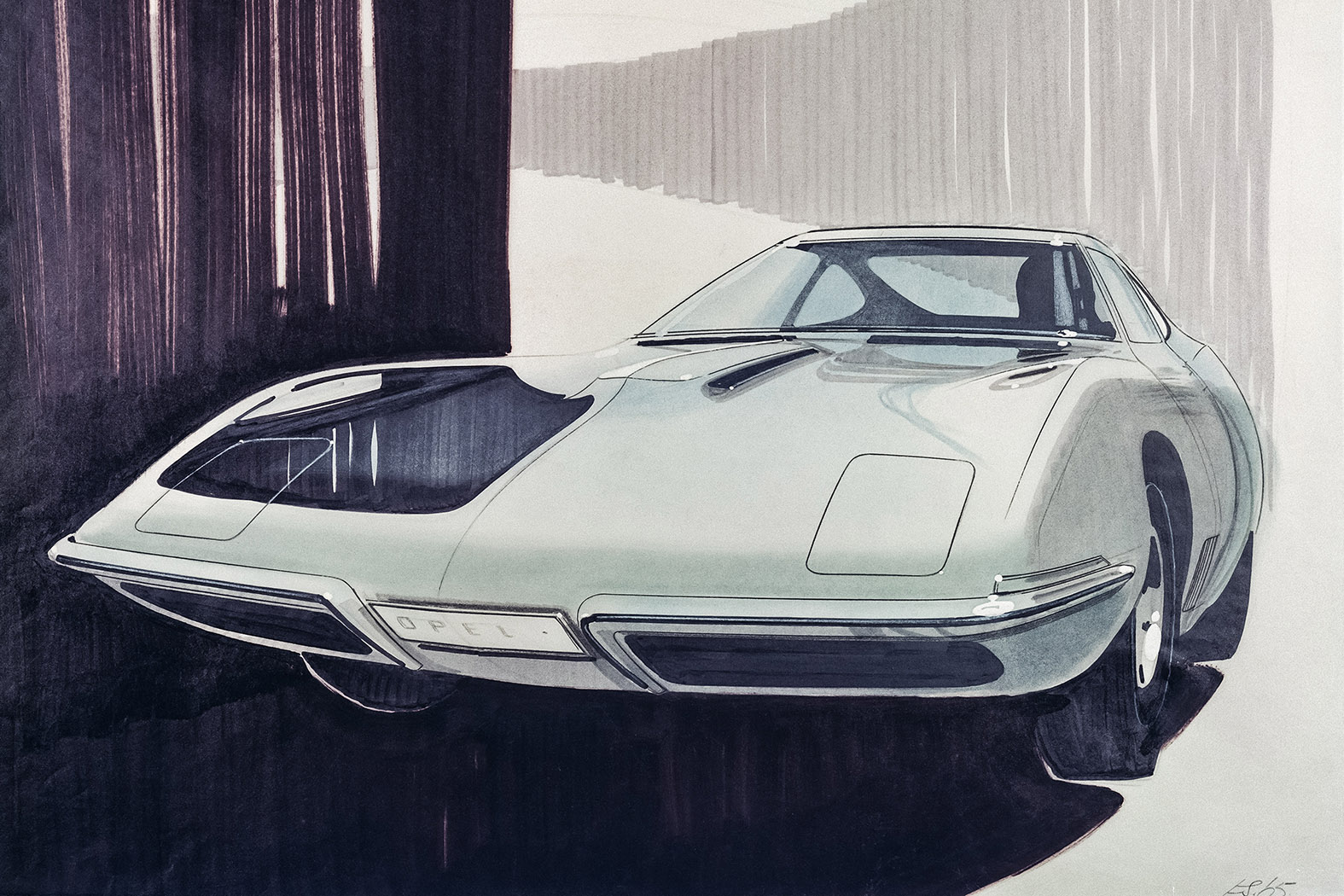
But Schnell’s team goes much further with the Experimental GT than originally planned: “We didn’t just want to make a Kadett GT. We said to ourselves: Let’s do this right. A classy sports car.” The engine position is quickly moved behind the front axle. The first sketches are quickly followed by scaled models made from modelling clay and – as is typical in the design development process – soon also full-size models. To make the car look delicate and lightweight and to make the A and B pillars slim, the modelers even integrate plexiglass panels into the clay model.
Today, a concept car of the significance of the Experimental GT would have the attention of an entire design team. At the time, Schnell was only able to concentrate on the sports coupe with interruptions lasting months. “That was an assignment in the secret department. Secret, secret,” Schnell smiled. Clare MacKichan did not involve the board. When the study is finished, he has to inform his superiors so that he can show the sports car at the IAA. “It was a huge weight off our shoulders when the leadership team spontaneously applauded and were completely blown away at the first internal showing.”
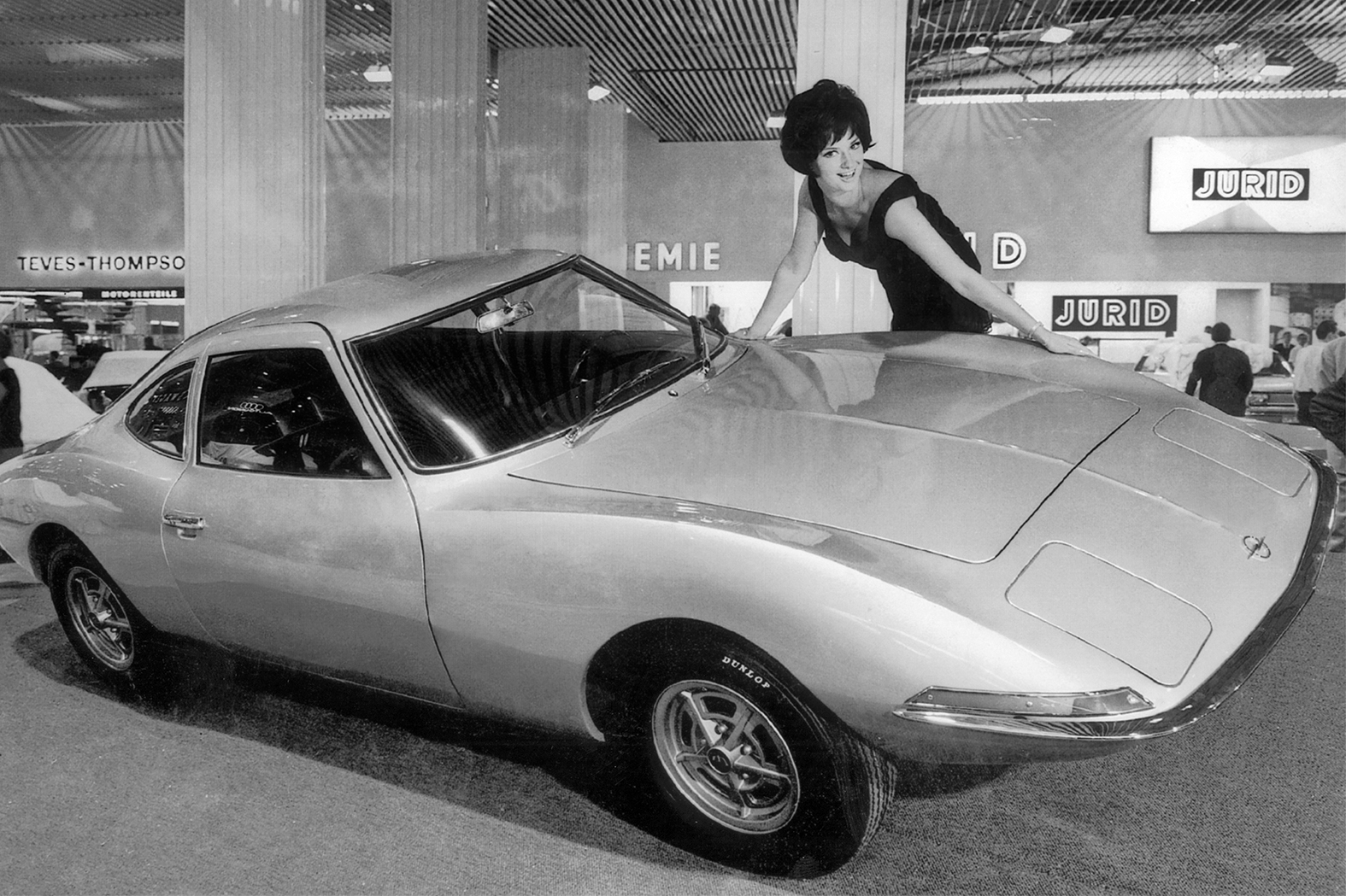
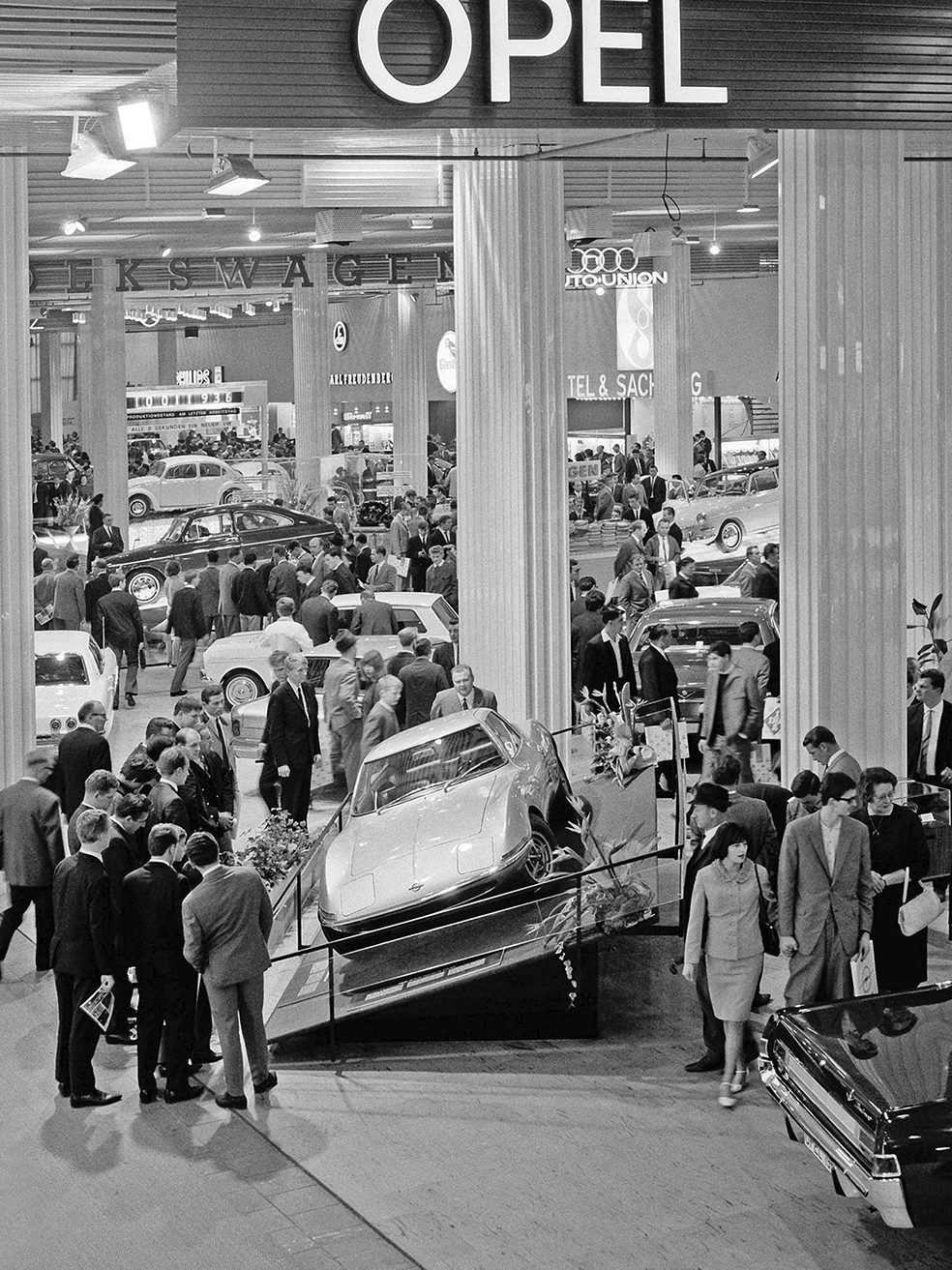
Friedhelm Engler, long-time head of Advanced Design at Opel, is enthusiastic about the result: “It was very presumptuous to propose a real front mid-engine concept based on the Kadett B vehicle architecture. Instead of garnishing tried-and-tested mass-produced ingredients with a new outer skin, they weren’t afraid of going big and creating a real Gran Turismo. Everything was possible in the newly opened Opel Style Studios. There was almost something mischievous about it, something cheeky. In Rüsselsheim you could suddenly play in the same design league as the big Italians, with the Scuderias like Ferrari, Pininfarina and Bertone. The GT definitely has an Italian-inspired design. You could almost say that the GT is the dinosaur from Rüsselsheim: courage made of steel. Chapeau!”
World premiere of the Experimental GT
The sensation of the 1965 International Motor Show in Frankfurt thus did not come from Zuffenhausen or Maranello, but instead from Rüsselsheim. Opel presents a silver sculpture, the silver lining in the grey-brown-beige Opel universe: the experimental study Opel Gran Turismo Coupé. The highlight in the down-to-earth Kadett and Rekord range embodies the dream of a two-seater sports car. The number two in registration statistics behind Volkswagen captures the spirit of the times with this study. The wounds of the world war have healed, the economic miracle is allowing the country to flourish, and the people are enjoying prosperity.

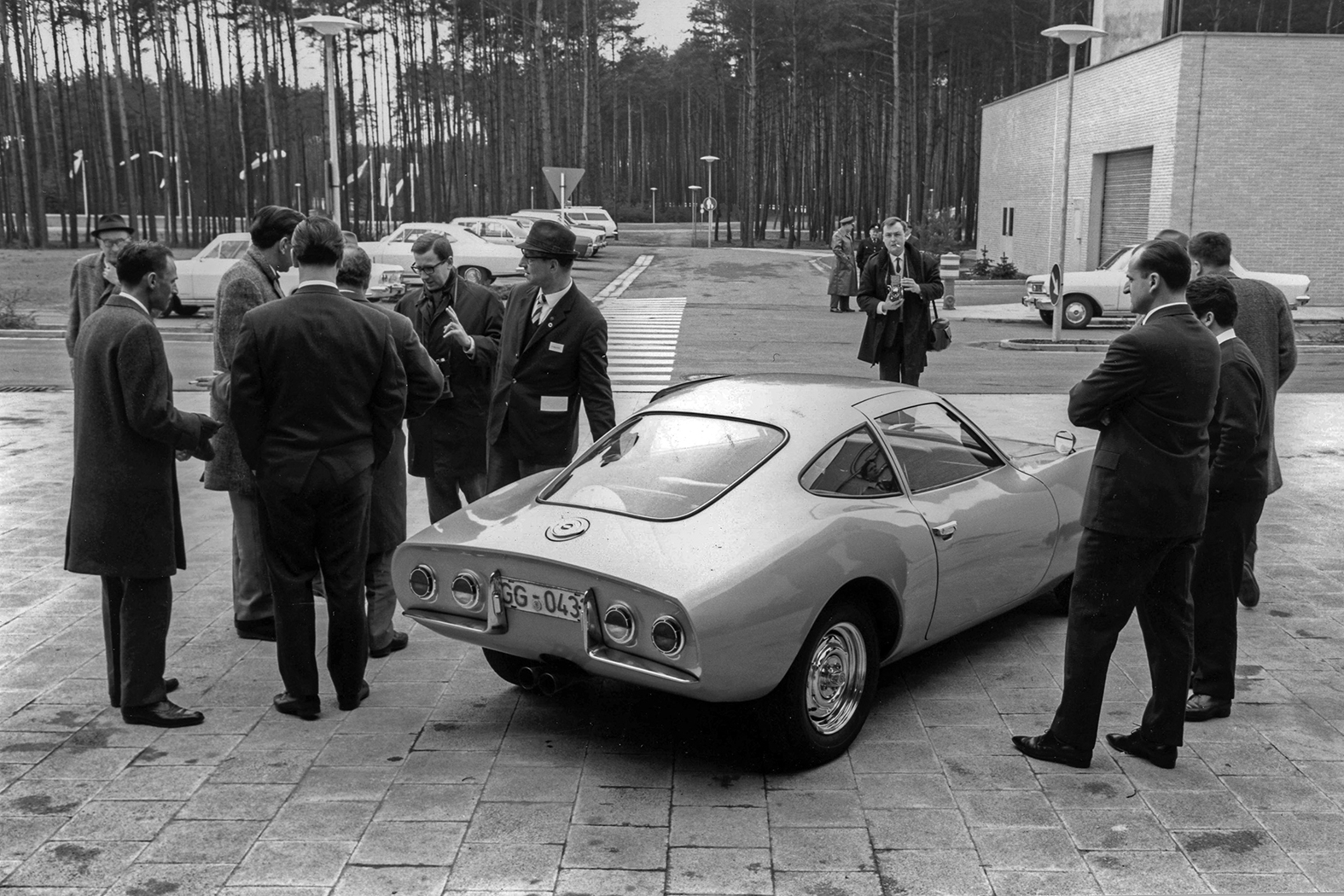
“The Opel Gran Turismo Coupé demonstrates forward-looking tendencies in terms of form and construction,” stated Opel on September 13, 1965. The flat sports car is a sculpture with taut surfaces and curved lines. An expressive design adorns the side: muscular fenders and a slim waist – the Coke bottle design. The designers have pulled the doors far into the roof, the short, abruptly ending rear is adorned with two central exhaust pipes and two distinctive lights on the left and right.
Opel officially denies plans to ever mass-produce this car. “The Opel GT Coupé will be used as a test vehicle for high-speed driving to test body shapes, engines, brakes, steering systems and wheel suspensions on the high-speed routes of the Dudenhofen test track,” says the press release. However, the response was so overwhelming that shortly afterwards the starting signal was given internally for the “1484” project. And while engineers and designers work on making it ready for series production, the study continues to cause a stir at car shows from Turin to Geneva and Paris to New York.
September 2024
